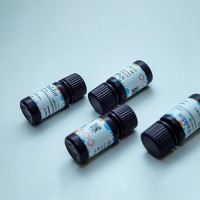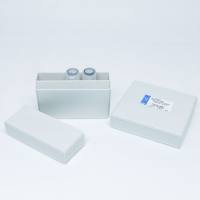Reliable and efficient methods of transferring cloned genes into plants are essential for engineering crops with desired traits. The Gram-negative soil bacteria, Agrobacterium tumefaciens and A. rhizogenes , are natural genetic engineers, capable of transforming a range of dicotyledonous plants by transferring plasmid-encoded genes into recipient plant genomes. Stable integration of these bacterial genes into the plant genome interferes with normal plant development, which is manifest as crown gall and hairy root diseases, respectively. Co-integration of chimeric genes into the T-DNA between the border sequences of wild-type Ti (tumor-inducing) or Ri (root-inducing) plasmids enabled such genes to be introduced into plant genomes. However, such crown gall tumors usually failed to regenerate plants capable of developing functional root systems, whereas plants regenerated from hairy roots exhibited the characteristic phenotype of shortened internodes, wrinkled leaves, and reduced fertility, together with negatively geotropic and/or plagiotropic roots. Replacement of the oncogenes located between the T-DNA borders of Ti plasmids or the rol genes of Ri plasmids with DNA sequences from E. coli cloning vectors, resulted in “disarmed” Ti or Ri plasmids. Introduction, by homologous recombination, of chimeric genes for antibiotic resistance into such disarmed vectors enabled transformed plant cells or roots to be selected on the basis of their antibiotic resistance. Plants regenerated from such tissues and transformed roots were phenotypically normal and able to grow on their own roots (1 ,2 ). The development of small binary vectors, in which the T-DNA is separated on an independent replicon from the remainder of the Ti or Ri plasmid, facilitated foreign gene insertion between the T-DNA borders (1 ).






